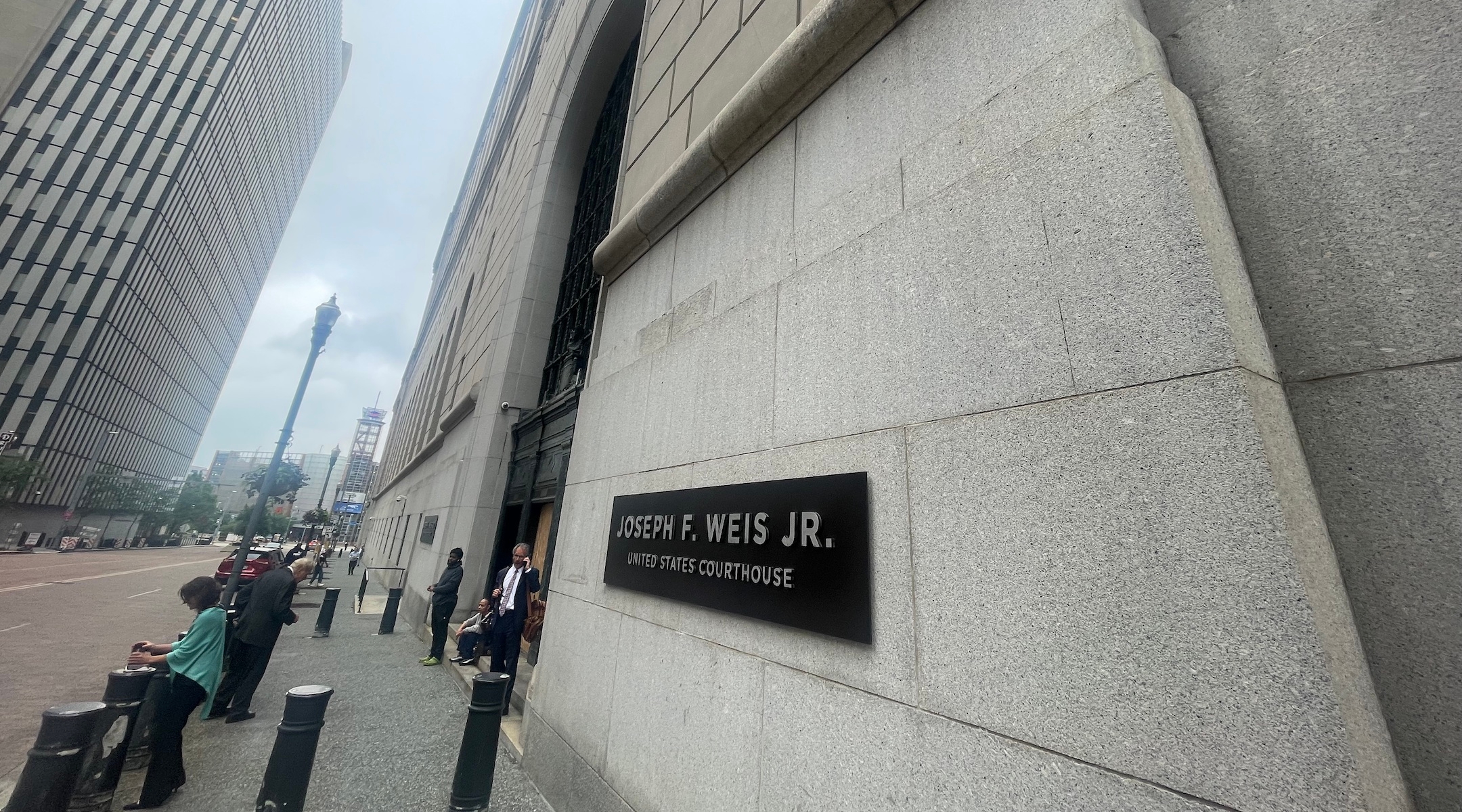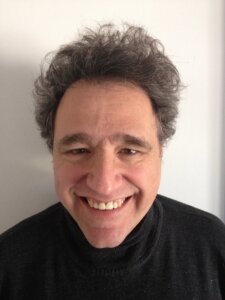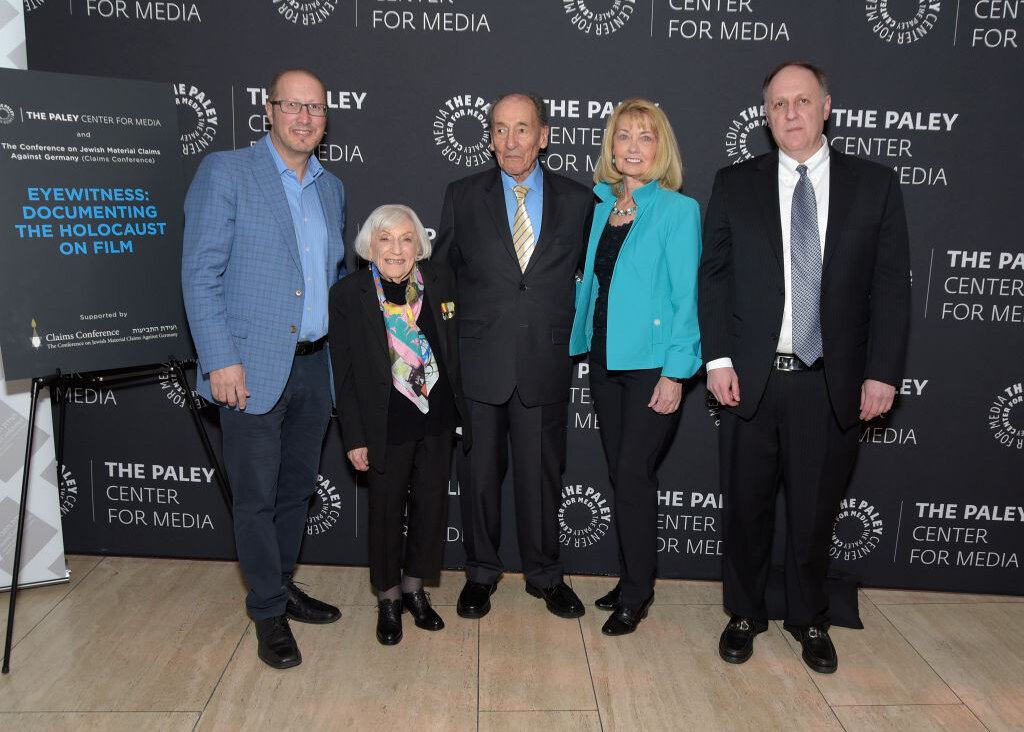Defense in Pittsburgh synagogue shooting trial: ‘There is no culture’ that would support killing of Jews
A jury will now consider whether the gunman in the 2018 synagogue shooting had the intent that would make him eligible for the death penalty

A view of the Joseph F. Weis, Jr. U.S. Courthouse in Pittsburgh as the jury heard arguments in the death penalty phase in the trial of the gunman in the 2018 Pittsburgh synagogue shooting, June 27, 2023. (Ron Kampeas)
PITTSBURGH (JTA) — In a bid to keep his client off of death row, a lawyer for the gunman who murdered 11 Jewish worshipers in a Pittsburgh synagogue claimed there was “no culture” that endorses killing Jews.
That assertion came during closing arguments in the latest phase of the trial of Robert Bowers, who committed the worst antisemitic attack in U.S. history on Oct. 27, 2018. Last month, the gunman was found guilty on all 63 counts he faced. The segment of the trial that ended Wednesday concerned whether his crimes and intent merit the death penalty.
The defense has argued that the gunman was schizophrenic, and therefore that his intent does not meet the threshold for a death sentence. On Wednesday, defense attorney Michael Burt devoted a large portion of his 90-minute argument to rebutting the claim that the shooter’s antisemitism was not delusional but rather was a product of his white supremacist subculture. That idea was laid out over three days of testimony by the prosecution’s star witness, Park Dietz, a storied forensic psychiatrist.
In an incredulous tone, Burt questioned the idea “that when someone expresses antisemitism, that is normal ideology.”
“It’s certainly not part of a culture,” he went on. “There is no culture that sanctions that you need to kill people to save humanity from an invasion from Jewish groups — that is delusional thinking, it’s not political discourse, in our view.”
Openly calling for the murder of Jews is considered unacceptable in mainstream political discourse, though the idea that Jews posed a lethal threat to the white race undergirded Nazi German state policy from 1933-1945, culminating in the murder of six million Jews in the Holocaust.
The gunman has professed belief in what is known as “replacement theory,” a white supremacist idea that says Jews are orchestrating an invasion of immigrants of color in order to supplant white Americans. He cited that idea on social media shortly before the attack, and it also animated chants at the 2017 neo-Nazi rally in Charlottesville. Watchdogs say it has become increasingly popular on the far right. and has been echoed by a number of public figures, including former Fox News host Tucker Carlson.
The gunman’s persistence in his belief in a Jewish threat, Burt said, is evidence of his mental illness. In recent months, the defendant has told psychiatrists, including those called by the defense, that he continues to ascribe to his antisemitic views, and has expressed pride in the attack he carried out.
“Even in capital custody he can’t keep himself from vocalizing these delusions he has, of the country invaded, that he is a soldier at war, that he has a moral imperative to kill Jews — all these crazy delusions,” he said.
In his cross examination of Dietz on Tuesday, Burt tried to get the expert to acknowledge that antisemitism could be a manifestation of insanity. Dietz, a forensic psychiatrist at UCLA’s medical school, has evaluated defendants including John Hinckley, who attempted to kill President Ronald Reagan; mass murderer Jeffrey Dahmer; and Unabomber Ted Kaczynski, among many others.
Dietz said the defendant’s antisemitism was commonplace, rooted in theories articulated by previous violent antisemites. The prosecution, in turn, has contended that there is no evidence the defendant is schizophrenic, and says that his antisemitism is of a piece with white supremacist movements.
In his own argument on Wednesday, U.S. Attorney Eric Olshan argued, as Dietz had, that the shooter drew his thoughts not from his troubled psyche but from external sources. Olshan started with a reference to Gab, a social media site that welcomes the far right, and where the defendant maintained an active account.
“Gab.com told the defendant he had to act and act now,” he said. “He wasn’t even creative. He didn’t come up with any of this on his own, he went to the menu of available white supremacist ideologies and he picked the one he most agreed with.”
The beliefs that he ascribed to “are well known antisemitic tropes that have been around for centuries,” Olshan said. “The defendant’s beliefs are widely held and shared among his subculture. Not one of his extreme beliefs originated from his own mind.”
The jury retired for the day at 4:30 pm, about an hour after arguments had concluded, and will reconvene on Thursday.
If the jury decides the defendant’s crimes and intent meet the threshold for the death penalty, they will reconvene for the next phase of the trial, in which the defense will raise factors that would mitigate against the death penalty, including the shooter’s life hardships. That phase, which could take weeks, would also include testimony from those affected by the shooting, including relatives of the deceased and members of the tight-knit Pittsburgh Jewish community.
If the jury decides the crimes and intent do not meet the death penalty threshold, the trial will end and Judge Robert Colville will hand down a mandatory life sentence without possibility of release.
Behind the scenes, defense and government lawyers have argued about how much the judge should emphasize that the gunman will receive, at minimum, a mandatory life sentence without parole. Defense lawyers want jurors to understand that their client will never see freedom even if the jury decides to keep him off death row.
Colville twice mentioned that outcome, as did Burt, who also reminded the jury, multiple times, that each juror had to make up his or her own mind. A single juror deciding that the defendant does not meet the death penalty threshold would end the trial with a mandatory life sentence.
Soo Song, an assistant U.S.attorney, opened the proceedings on Wednesday by reviewing the crimes the shooter had committed: The six people whom he shot in the head, the elderly woman he shot in the face, the six elderly victims and two brothers who had a mental disability.
Then she read out the names of the victims. “In the interests of justice, find this defendant eligible for the most severe penalty under the law, a sentence of death,” she said.
“For killing Joyce Fienberg, for killing Richard Gottfried, for killing Rose Mallinger, for killing Jerry Rabinowitz, for killing Cecil Rosenthal, for killing David Rosenthal, for killing Bernice Simon, for killing Sylvan Simon, for killing Daniel Stein, for killing Melvin Wax and for killing Irving Younger,” Song said. “And for killing each of them intentionally.”
This article originally appeared on JTA.org.





















